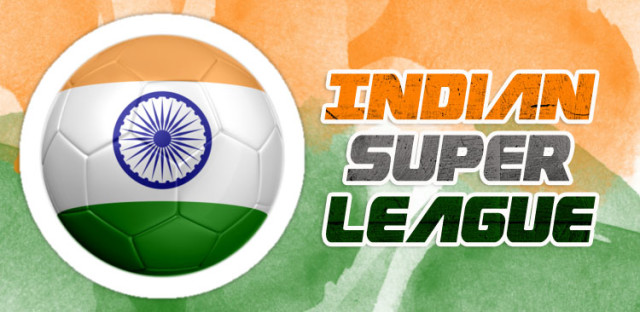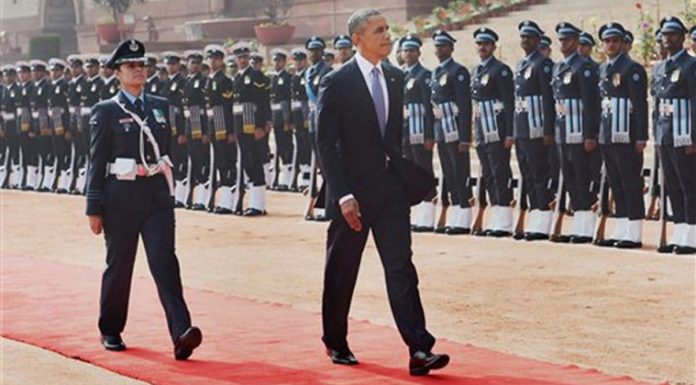The Indian Super League got off to a flying start last year, backed by the heavy hitters of the Indian Corporate world. It managed to do what the I-League despite its existence for a long number of years hadn’t managed to do – generate interest in Indian football, draw in huge eyeballs, garner media attention towards the sport and bring in some of the world’s most famous footballers – and though most of them were past their prime, their iconic status within the game meant that every football fan managed to watch some of their all-time favourites grace the field of play once again.
But the question is; will the Indian Super League really revolutionize football here? Has it managed to bring about any major positives in the time since its inception?

Roll over a year and the answers are far from negative, but still quite inconclusive. After the end of the ISL, the I-League did not get any media coverage – not even a tithe of the coverage that the much vaunted Super League received. The media is partially to blame here, since they did not even bother showcasing the second round of the world cup qualifying match against Nepal in Kathmandu. Not even the National Channels carried any information about it or gave it any coverage.
Similarly, there has been little to no investment in the game at the grassroots level in the time since the ISL ended. How then are youngsters supposed to succeed or follow their dreams to become professional footballers in India when the infrastructure and system itself is not only faulty, but also non-existent?
The few Indians who have managed to succeed and make a name for themselves are those who have received training in foreign nations. For how long can we expect the likes of Sunil Chettri – and the now retired ex-captain of India Bhaichung Bhutia – to carry the hopes of the entire nation and pull the entire team forwards by sheer force of will?
Investment from the lowest levels to the top is needed. The country has a few good footballing grounds, but the stadiums are nowhere near the quality required to host International games. Most of the teams playing in the Championship in England have better stadia than the Indian teams.
Media attention on the game, showcasing the Indian teams exploits whenever they play a game – be it a friendly or a world cup qualifier – is necessary, after all, our nation loves watching the top leagues in England, Spain, Germany, Italy, France, and the like. If there is sufficient buzz generated around our own league as well as National team, and if they are provided top level training and optimum facilities then they too can prove to be a force to be reckoned with at the top level, much like the Indian teams of yore, which had a good run in the Olympics, over half a century ago.
The Indian Super League is but a small step on an extremely long way, but it is a beginning. Now it is up to the AIFF, the Sports Ministry, the Media, and even us football aficionados, to make sure we bring about the much-needed revolution in Indian Football.






























India has always been the country of the cricket despite having the hockey as the national sport. In this scene, the ignorance towards the football is well understood. Having a little significance in the northeastern region, the game has seen a little development. Indian Super League is one such evolvement in this trend. Based on the concept of IPL and partly derived from foreign football sessions, I feel this game can change the face of football in India only if we involve the indigenous people equally!